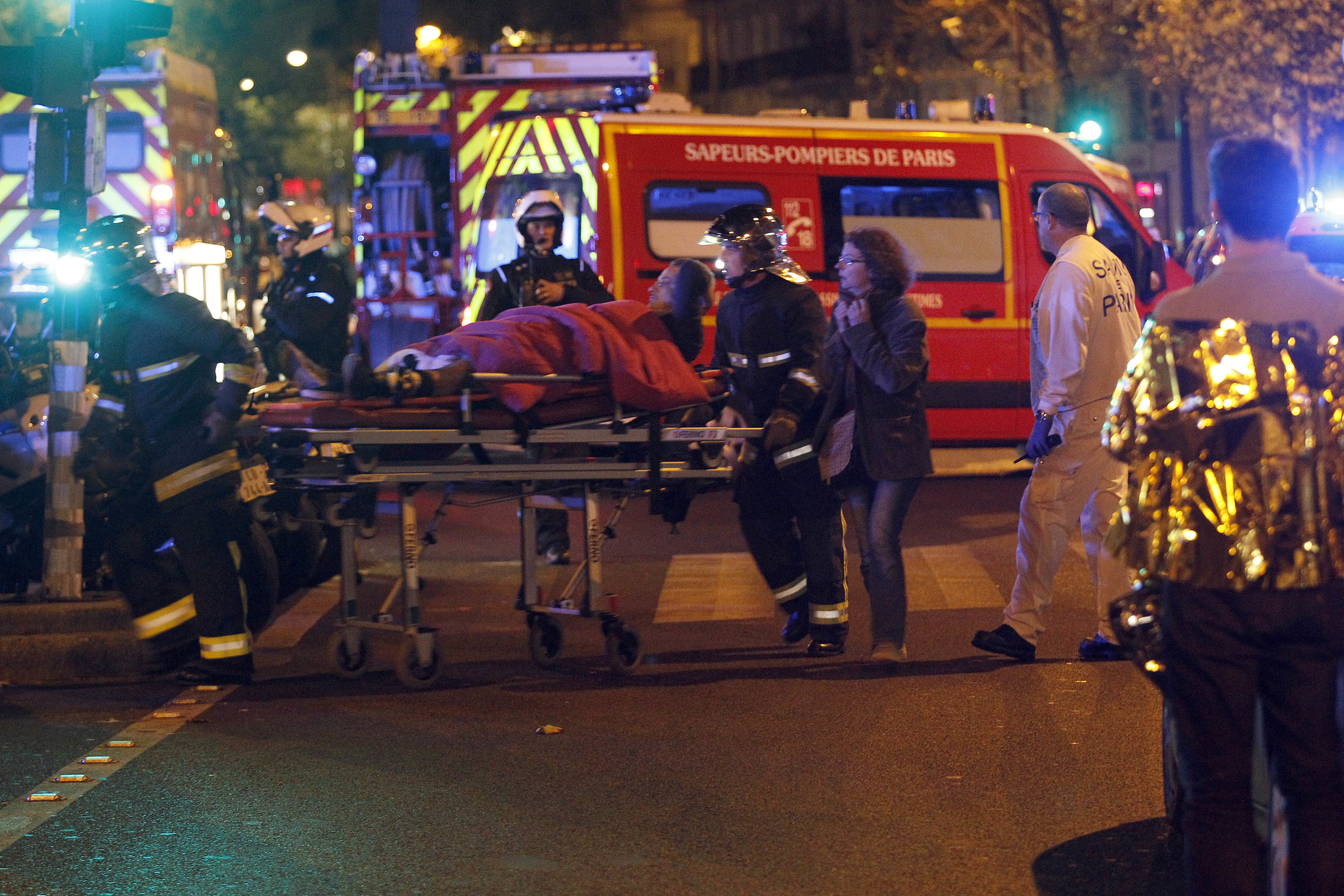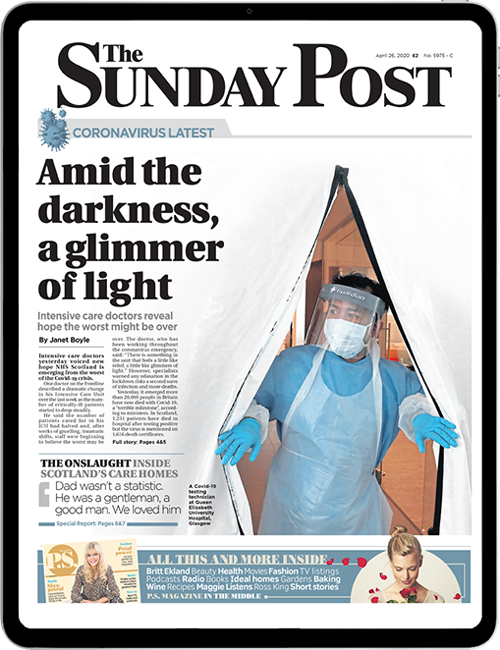
FIREFIGHTERS are being given bullet-proof vests to wear when they respond to terrorist attacks.
The move comes as dedicated Scottish crews are trained to deal with atrocities similar to the London Bridge attack in June, or the terror strike in Paris in November 2015.
The Sunday Post understands centres in Glasgow, Edinburgh and Aberdeen are among the four stations earmarked for the pilot project.
Last night, a high-ranking fire service source said: “The aim is to have a brigade protected by special protective gear who will go in and assist at the scene of a marauding terror incident. It’s clear that Britain is a target for fanatics hell bent on bringing destruction to our communities.
“In light of that, a strategy is being rolled out that will see staff at a number of stations trained and equipped to attend what we term a marauding incident – basically, an attack similar to that seen recently on London Bridge – but here in Scotland.
“As firefighters, we accept our role will change.
“But I’d be lying if I said there weren’t reservations in some quarters about this development and the fact it could put employees in harm’s way.”
The development follows the creation of similar teams in England.
The units, which are equipped with helmets and ballistic protection vests, are assigned to work in buildings which may be booby-trapped, including railway stations and airports. Crews are also trained and equipped to manage casualties.
It is believed the Scottish crews will also use specially-designed vehicles rather than traditional appliances.
News of the formation of the Scottish response teams came as a former intelligence chief warned that Britain faced decades of Islamist terror threats.
Ex-MI5 boss Jonathan Evans said: “I think we are going to be facing 20 to 30 years of terrorist threat.” Assistant Chief Officer Lewis Ramsay, the Scottish Fire and Rescue Service’s director of response and resilience, said: “It would be inappropriate to discuss operational matters.
“However, the Scottish Fire and Rescue Service exists to save lives and that means we need to be prepared to meet emerging modern risks such as terror attacks in order to protect our communities.”
Chris McGlone, Fire Brigades Union Scotland executive council member, said: “The FBU are engaged in discussions with both the Scottish Fire and Rescue Service and Scottish Government, based around a formal offer on terms and conditions for firefighters to take on this critical new role.”

Enjoy the convenience of having The Sunday Post delivered as a digital ePaper straight to your smartphone, tablet or computer.
Subscribe for only £5.49 a month and enjoy all the benefits of the printed paper as a digital replica.
Subscribe